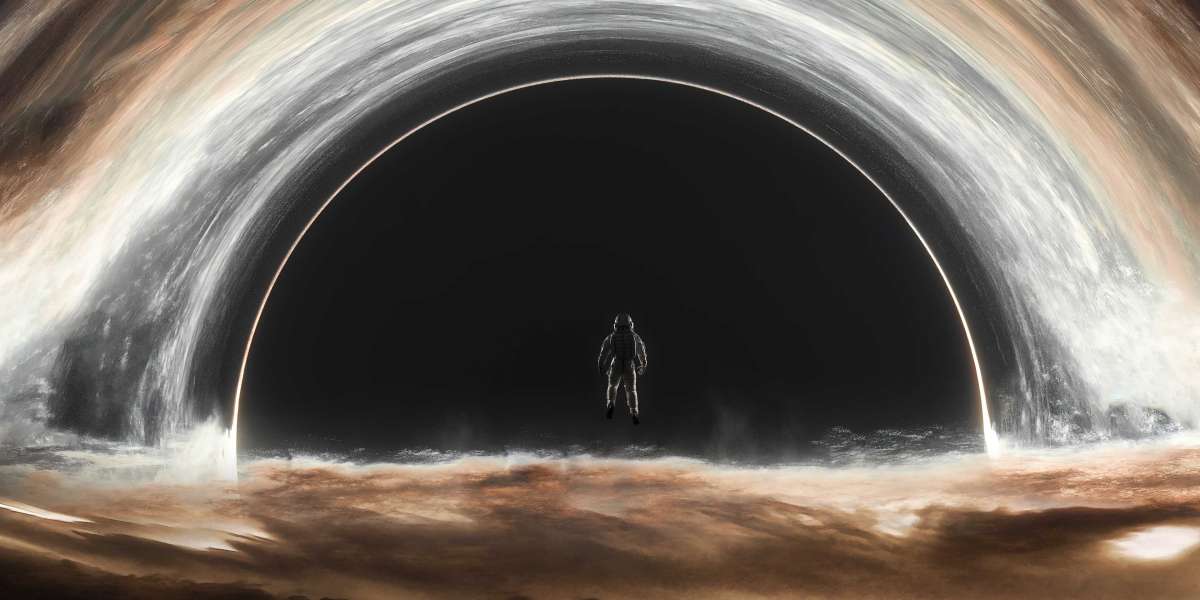Introduction:
In 1975, a groundbreaking event took place that signified a new era of international cooperation and marked the end of the space race between the United States and the Soviet Union. The Apollo-Soyuz Test Project, often known as ASTP, was a historic rendezvous mission that brought together American astronauts and Soviet cosmonauts in space, representing a significant step towards developing peaceful collaboration between the two Cold War superpowers. The mission showcased the power of human ingenuity and diplomacy as it unfolded against the backdrop of the ever-intensifying space race.
Description:
The Apollo-Soyuz Test Project was launched on July 15, 1975, with a primary objective of conducting a joint international space mission. The NASA Apollo spacecraft, accompanied by three American astronauts, Thomas P. Stafford, Vance D. Brand, and Donald K. Deke Slayton, formed one part of this pioneering conjunction. Simultaneously, the Soviet Union launched its Soyuz spacecraft, carrying cosmonauts Alexei A. Leonov and Valeriy N. Kubasov.
After painstaking planning and numerous technical preparations, the momentous rendezvous took place on July 17, when the two spacecraft successfully docked in orbit. As the world watched in anticipation, the docking module, known as the Apollo Docking Module or ADM, ingeniously bridged the gap separating the American and Soviet vessels, creating an unprecedented connection between the two space vehicles. This iconic visual symbolized the first step towards international cooperation in space exploration.
The crew members of both nations, overcoming language barriers and differing traditions, immediately began to conduct joint scientific experiments and exchange cultural gifts. The mission focused on various collaborative activities, including biomedical research, solar observations, atmospheric studies, and technological demonstrations.
One of the highlights of the mission was the historic handshake in space. This symbolic act, witnessed by millions around the globe, saw Stafford and Leonov, representing their respective nations, physically connect through their spacecraft windows, indicating the triumph of diplomacy and peaceful cooperation in space exploration.
After two days of extensive joint operations, the spacecraft undocked on July 19, paving the way for their return to Earth. The successful completion of the mission marked a pivotal moment in human history, emphasizing the possibilities of international partnerships in space. Not only did the Apollo-Soyuz Test Project represent a significant milestone for the United States and the Soviet Union, but it also set a precedent for future international collaborations, laying the foundation for future missions such as the International Space Station.
Conclusion:
The year 1975 witnessed an extraordinary event that transcended national boundaries, as the Apollo-Soyuz Test Project brought American and Soviet astronauts together in space. This mission demonstrated that even during the height of the Cold War, cooperation and diplomacy could prevail, paving the way for future collaborations in space exploration. The handshakes, shared experiments, and joint efforts showcased the power of space exploration in uniting humanity, igniting a beacon of hope for peaceful scientific cooperation beyond the confines of Earth and towards the infinite possibilities of the universe.








